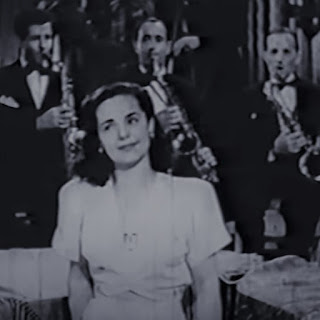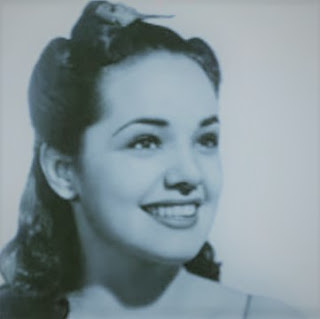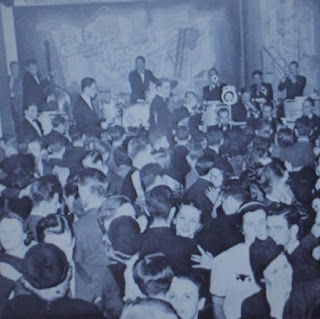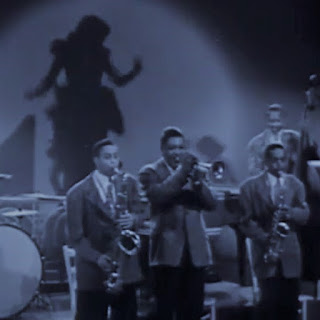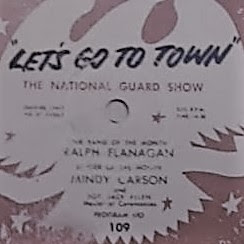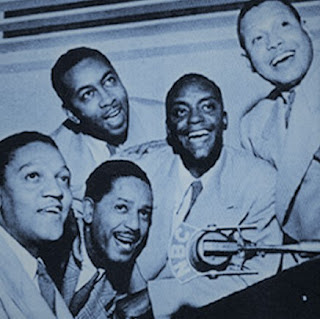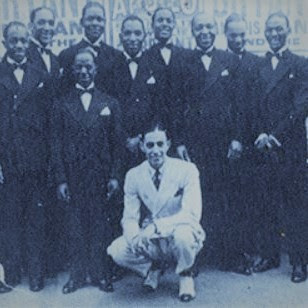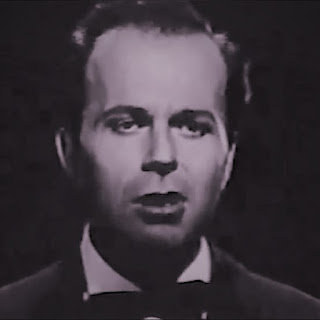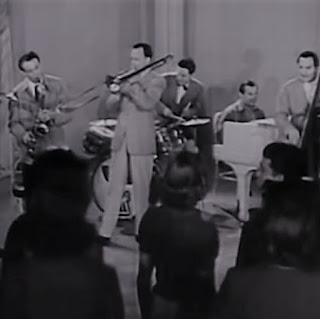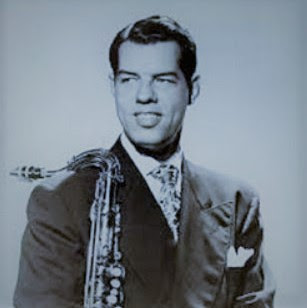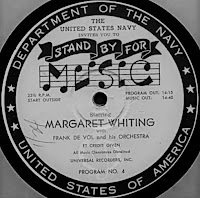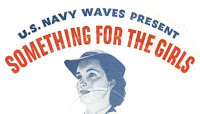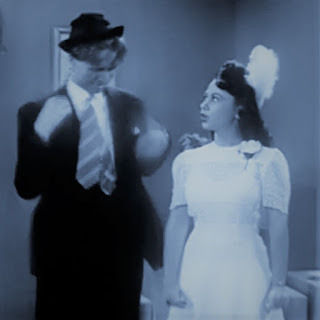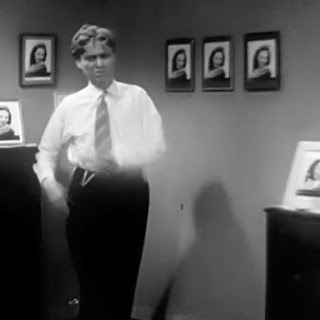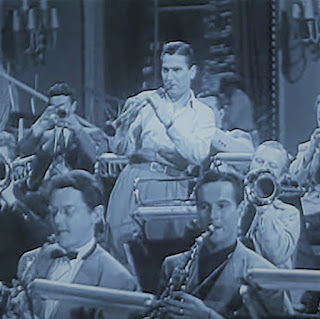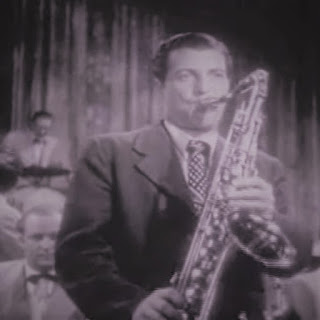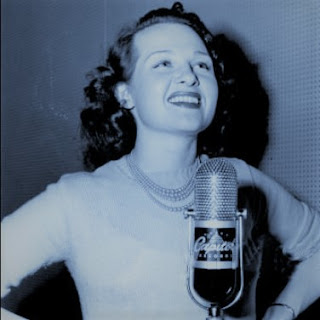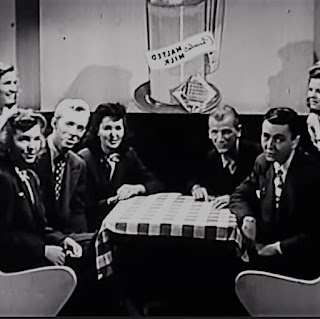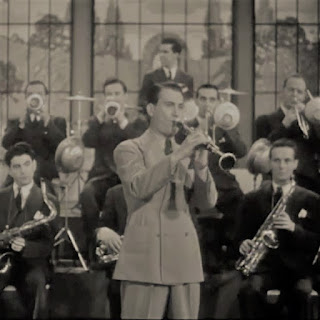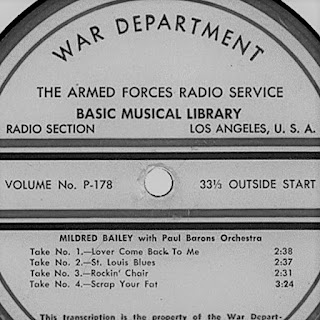During the 1930's and 40's, Mark Warnow was a featured name on the radio. He enjoyed a lengthy and versatile career with the CBS Radio network and was sometimes described as "the busiest man in radio".
Warnow became the musical director at CBS in the early 1930's. He would go on to conduct the orchestras of many of the network's most popular shows. Most importantly, he led the orchestra on the CBS radio program "Your Hit Parade" from 1939 until his death in 1949.
In the 1940s, Warnow conducted and arranged for Frank Sinatra while the singer was still signed to Columbia Records, then owned by the CBS network. He also conducted the orchestra for the "Sound Off" Radio show in 1946. Sound Off was sponsored by the U.S. Army and encouraged post World War II recruitment. Warnow, surprisingly not busy enough during the decade, produced a Broadway musical-comedy called "What's Up?" in 1943 and also provided the musical soundtrack for many Hollywood movies.
It's also important to note that Warnow influenced The Big Band Era in another, huge way. He was the older brother of composer and bandleader Harry Warnow (better known as Raymond Scott), and is credited with steering his younger brother into a career in music. In 1931, he hired his younger brother as a keyboardist at CBS Studios, which provided Raymond the springboard to launch his career.
Sadly, Mark Warnow passed away at the young age of 49 of a heart attack.
Listen to: "I Don’t Want To Set The World On Fire" performed by Mark Warnow
and His Orchestra also featuring Barry Wood and The Hit Paraders from 1942.
You can hear the music of Mark Warnow right here on Swing City Radio.









